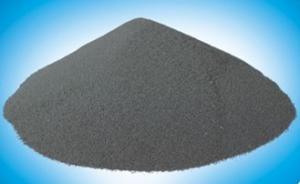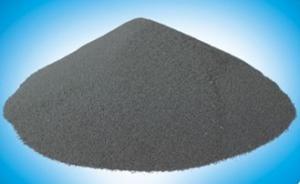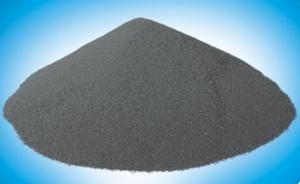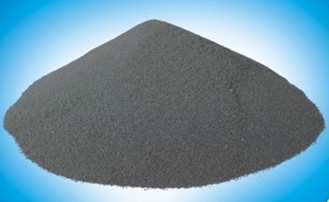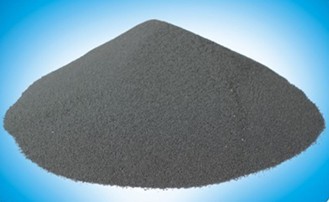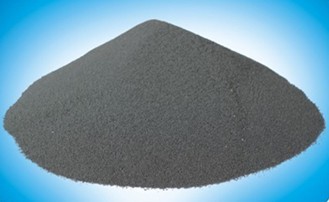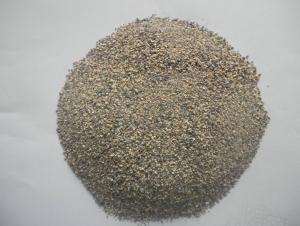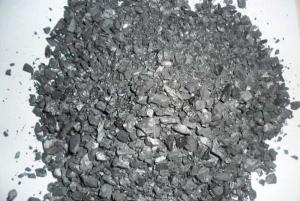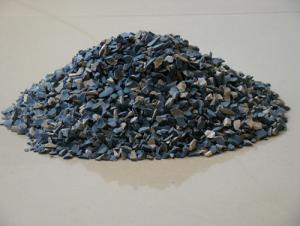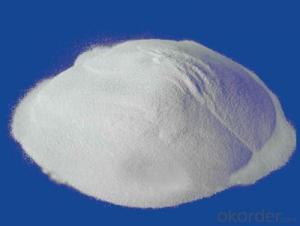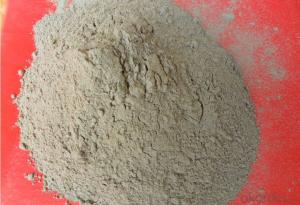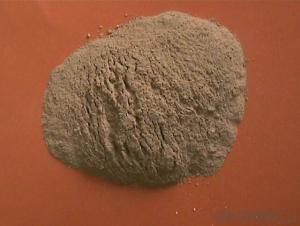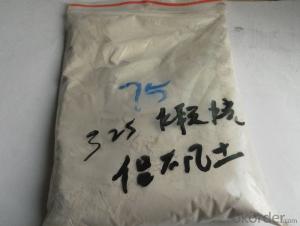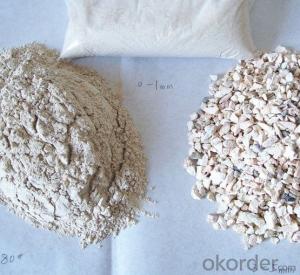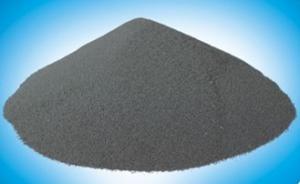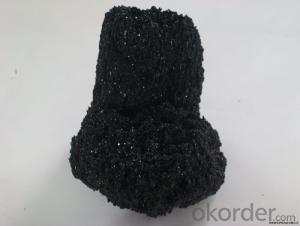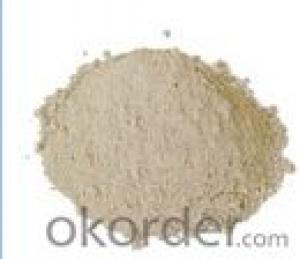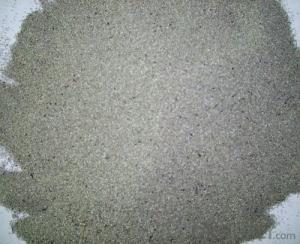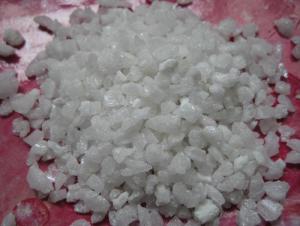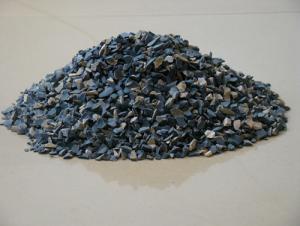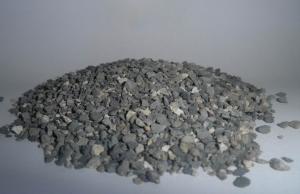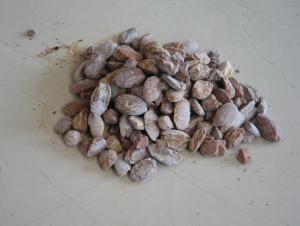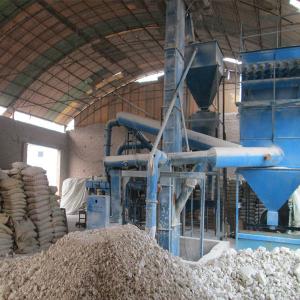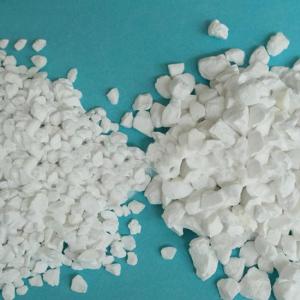Low Carbon Steel Slab Continuous Casting Special Slag for Raw Materials in Refractory Industry
- Loading Port:
- China Main Port
- Payment Terms:
- TT OR LC
- Min Order Qty:
- -
- Supply Capability:
- -
OKorder Service Pledge
OKorder Financial Service
You Might Also Like
Low carbon steel slab continuous casting special slag
Product description
Low carbon continuous casting how to improve the drawing speed (1.5 m/min) increase production has been the focus of attention of the steelmaking enterprise, our company developed the LF-BRK-D type continuous casting slag and then try to adjust the crystallization temperature protective slag; Effective control of the hemisphere temperature and viscosity, in high drawing speed state can maintain normal consumption and fluid slag layer thickness and reasonable pass quantity of heat, so as to ensure the export of the solidified shell mould thickness, realize the unbonded continuous casting production.
The product model: LF-BRK-D
Applicable kinds: low carbon steel series-0.08% or C
Applicable section: (150 ~ 250) mm... (800 ~ 1600) mm
Applicable drawing speed: 0.7 ~ 1.8 m/min
Main physical and chemical indexes are as follows:
water | <0.5% |
Particle size | 0.15~1mm>90% |
Cao/Sio2 | 0.80~ 1.05 |
Hemisphere point | 950~1030℃ |
1300 ℃ melting speed | 10~30S |
1300 ℃ viscosity | 0.08~0.2Pa.s |
density | 0.6~1.0g/cm2 |
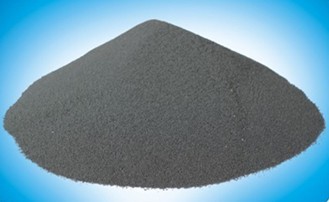
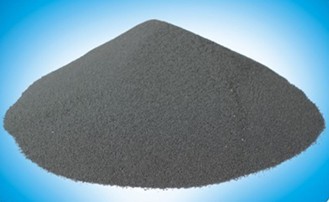
- Q: Preparation of refractory clay
- Is it to make refractories? Add some andalusite to the refractory mortar will improve the effect.
- Q: who knows the fire resistant levels of fireproofing glass?
- Fireproofing glass is a kind of special glass which can keep its integrity and thermal insulation performance in regular insulating refractory trials. and it can be divided into three classes according to its fire resistance: Class A, it's a kind of fireproofing glass that can satisfy the requirements of refractory integrity, refractory and thermal insulation at the same time. This kind of glass has the properiyies of transmittance, fireproofing ( smoke insulation, fireproofing, and keeping out thermal radiation), sound insulation, shock resistance, and it's suitable for steel and wooden fire door of building decoration, windows, varnishing, partition walldaylighting?roof,ceiling?screen,perspective floor and other construction components demading for transparency and fireproofing. Class B, it's a kind of fireproofing glass that can satisfy the requirements of refractory integrity, refractory and thermal insulation at the same time. Such kind of fireproofing glasses mostly are composite fireproofing glasses and has characteristics of transmittance,fireproofing and smoke insulation. Class C, it's a kind of fireproofing glass that only satisfies the requirements of refractory integrity. This kind of glass has characteristics of transmittance, fireproofing, smoke insulation and high strength,etc. It's suitable for fireproofing glass partition wall, fire Windows, outside curtain wall and other places without insulation requirements. Classify from the structure,fireproofing glass can be divided into composite fireproofing glass and monolithic fireproofing glass.
- Q: what's the classification of fireproof and thermal inuslation matertial?
- Inorganic thermal insulation material can do it, such as glass wool,rock wool,foam glass,etc. phenolic foam materials in organic foam material is special. phenolic foam not only has good thermal insulation properties but also can be composited with steel plate and other materials, A class thermal insulation materials that reach A class combustion performance include: rock (mine) wool, foam glass, EVB, etc. thermal insulation materials with A class combustion performance mainly include: phenolic aldehyde,gelatine powder polyphenyl granule, etc. thermal insulation material of fire barrier zone can use rock (mine) wool, foam glass, EVB and other materials with A class combustion performance.
- Q: How to classify the grade of wall fireproof and thermal inuslation matertial?
- To sum up three versions of GB8624 (1997, 2006, 2011), fire?rating of external wall thermal insulation can be basically divided into: A1, A2, B1, B2, B3 and other levels. Specific division has many technical indicators to judge. It can't be said for a moment. It is very professional and technical. For details, please contact Qingdao Shanfang Instrument. They specialized in tester of fire?rating of external wall thermal insulation materials.
- Q: The difference between refractory and thermal insulation material
- In simple terms, refractoriness is different. The refractoriness of refractory is high while that of insulation material is low.
- Q: What are the main components of refractory cement?
- Refractory cement, also known as aluminate cement, can also be gray. Aluminate cement is often yellow or brown. Aluminate cement takes bauxite and limestone as raw materials, alumina content of about 50% as the clinker. And it is a hydraulic cementing material made by grinding. The main mineral of aluminate cement is mono calcium aluminate (CaO · Al2O3, abbreviated CA) and other aluminates, and a small amount of dicalcium silicate (2CaO · SiO2), etc.
- Q: What are the characteristics of clay refractory materials?
- Refractory clay refers to the refractory clay and bauxite, whose refractoriness is over 1580℃, which can be used as refractory materials. Apart from high refractoriness, they can maintain stability of volume under high temperature conditions and has resistance to slag, the sudden cold and hot, and mechanical strength, so after calcination, it can be abnormal firm.
- Q: Fefractory of aluminium oxide.
- It can be refined into castable refractory and refractory bricks, according to temperature rating. There are shaped refractory material and shapeless refractory material, and ceramic fiber. So it must be specific. There is a large range of refractory, which basically contains the aluminium oxide.
- Q: What is refractory?
- Refractory is an inorganic nonmetallic material with minimum refractoriness of 1580 ℃. Now, refractory is not defined merely by judging that whether its refractoriness is at above 1580 ℃. Currently, refractory, an inorganic nonmetallic material, are widely used in metallurgy, ceramics, power and other industrial fields.
- Q: what materials can make external wall fireproofing paint have the fireproofing effect
- Fire retardant coatings are generally used for fireproofing and fire?retardant of steel structure buildings, large stadiums, railway stations, thermal power station, nuclear power plants, urban tunnels, large-scale industrial plants, warehouses, flammable material surface. Improve the refractory time of buildings and combustible materials.
Send your message to us
Low Carbon Steel Slab Continuous Casting Special Slag for Raw Materials in Refractory Industry
- Loading Port:
- China Main Port
- Payment Terms:
- TT OR LC
- Min Order Qty:
- -
- Supply Capability:
- -
OKorder Service Pledge
OKorder Financial Service
Similar products
Hot products
Hot Searches
Related keywords
